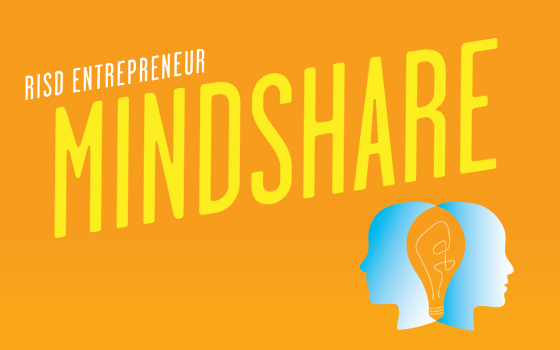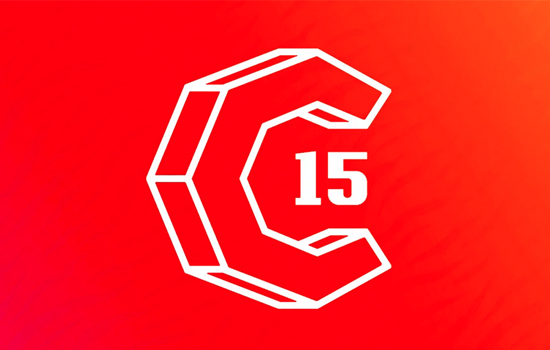We’ve said for a long time that diversifying your content portfolio is essential to a successful content strategy. Not only does investing in content formats outside of a standard blog better engage your prospects but also it affords you the opportunity to share your expertise using channels that other readers might prefer, like using video or audio.
Our clients are well versed on the importance of a diverse content portfolio, and we do a lot of coaching on many different content types. And lately, it’s been interesting to hear one particular question emerge among the agencies we speak with on a regular basis. Once they’ve mastered more classic content marketing formats like blogs and white papers, agencies are wondering how to break into other mediums. Specifically, there’s been a common debate among the discussions we’ve been a part of lately: should we invest our time in podcasts or webinars?
We love this question. Both mediums give agencies the opportunity to explore content marketing in a new way. Webinars and podcasts both provide the opportunity to dive more deeply into a topic that’s of interest to your prospects. And for many agencies, talking about an area of their expertise is a lot simpler than writing an article about it.
But pulling off a webinar and pulling off a podcast are two entirely different animals. We’ve been creating webinars for years and have recently launched the Newfangled Podcast. And it has surprised many of our agency clients to learn that while we believe both platforms are valuable, we’re more inclined to advise agencies to pursue webinars long before they try their hand at podcasts. While podcasts are a great medium for regularly sharing your expertise, we’ve found webinars provide a much stronger opportunity to engage leads and build your overall prospect list over time.
Webinars generate more leads
Webinars can be thought of as a podcast but in much simpler terms – when you’re hosting a webinar, it’s a one-time event (unlike the expected continuity of podcasts) and it provides residual marketing benefit long after the live event has concluded. With webinars, and with any recorded audio, we recommend you transcribe the event in order to leverage the SEO equity of the discussion. Most one-hour webinars will yield approximately 8,000 – 10,000 words of indexable, educational content!
As a reminder, we recommend publishing roughly 3,000 words of indexable, thought leadership content to your website each month in order to consistently attract your ideal, yet unaware, prospects to your website through non-branded search.
In addition to these keyword-rich transcripts, webinars also provide a stronger opportunity to grow your marketing list through registrations. A podcast is likely to have a single call to action: subscribe. But a webinar is a discrete event with an associated registration form on the site. Each webinar will have its own form, meaning you can more employ a progressive profiling strategy to build up your lead database over time. This is one of the biggest reasons we tend to recommend agencies pursue webinars before they get started with podcasts – the return on investment is going to be more tangible.
Webinars are less technically complex
While technical setup is a consideration for both webinars and podcasts, you might be surprised to learn the technical requirements for a podcast far surpass those of a webinar. For podcasting, you’ll need a room with minimal hard surfaces (to keep the sound from bouncing around), a nice microphone, editing software, etc.
The tech setup for a webinar is much simpler. To host a webinar, you primarily need a working computer, a decent microphone and a stable Internet connection – that’s it. We also recommend that, if using marketing automation, you consider how to best integrate your webinar marketing strategy with that tool. We tend to recommend GoToWebinar or WebEx to our clients, as these tools integrate with most major marketing automation systems. Beyond these few requirements, hosting a webinar is really as simple as presenting through PowerPoint or Keynote, and taking a few questions at the end.
Webinars provide more promotional opportunities
Webinars also provide more promotional opportunities than podcasts. Each event can and should have it’s own associated marketing campaign. With the right planning, you can begin recruiting attendees 2-3 weeks prior to the event. After the live event, you have the opportunity to follow up with both attendees and non-attendees with tailored marketing messages. All in, the average webinar will give you 4-6 strategic opportunities to be in touch with your marketing list.
Remember, the list of prospects you generate through these outbound promotions is far more important and valuable to your long term marketing efforts than the list of people who actually show up for the live event. On average, you can expect about 50% of your registrants to attend your webinar. But it’s important to keep in mind that the strategic marketing benefit of your webinar is equal to if not weighted in favor of the promotional and follow up marketing activities surrounding the event itself.
We can contrast this ROI with that of podcasting efforts. There are several different venues available for publishing podcasts and most of their subscription and engagement reporting is surprisingly sparse. Consolidating what little download and subscription data that does exist across a variety of publication channels can be cumbersome, to say the least.
Podcasts vs. Webinars
At Newfangled, we love a good podcast. It’s proven to be a great channel that allows marketers to expand their marketing reach to new people. But if you’re primarily looking to grow your lead database through a more sophisticated content strategy and you haven’t yet pursued webinars, we’d highly recommend you start there. Webinars are stronger lead development tools, they’re less technically complex, and they provide more opportunities to be in regular communication with your email marketing list.


